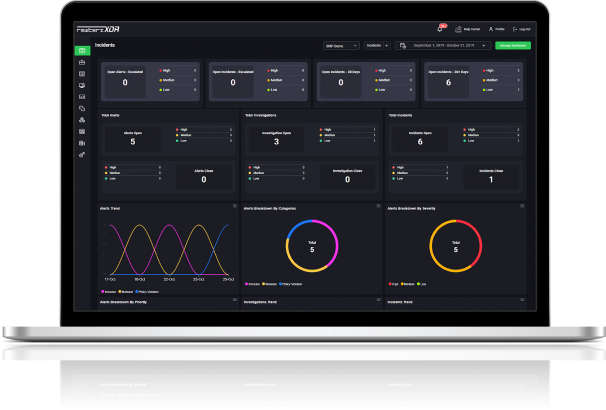

CVE-2025-43200 – Multiple Apple Products Vulnerability Exploit in the Wild
June 17, 2025
Qilin Ransomware aka Agenda – Active IOCs
June 17, 2025
CVE-2025-43200 – Multiple Apple Products Vulnerability Exploit in the Wild
June 17, 2025
Qilin Ransomware aka Agenda – Active IOCs
June 17, 2025Severity
High
Analysis Summary
North Korean state-sponsored APT groups Kimsuky and Konni have recently intensified their cyber espionage campaigns, becoming the most active threat actors in the region as of April 2025.
According to recent threat intelligence, both groups have significantly escalated their operations, not only in frequency but also in geographical scope. Their primary initial access method remains spear phishing, a tactic responsible for 70% of all APT incidents during this period, as reported by researchers. Government agencies were the hardest hit, accounting for 55% of the attacks, signaling a clear strategic focus on compromising high-value state institutions.
The attackers have evolved their social engineering tactics by crafting sophisticated decoy documents themed around sensitive geopolitical issues. These documents often include forged content on topics like trilateral cooperation among the U.S., Australia, and New Zealand, designed to provoke interest and engagement from targets in diplomatic, financial, and defense sectors. This demonstrates not only technical skill but also a nuanced understanding of current regional dynamics, which the groups exploit to enhance the credibility of their lures. The malicious documents are typically delivered via convincing emails that impersonate legitimate government or international entities.
Technically, Kimsuky and Konni have improved their document weaponization and evasion techniques. Malicious attachments and links embedded in phishing emails are engineered to bypass traditional security filters while appearing authentic. For example, researchers highlighted the use of a disguised SyncHost.exe process in one campaign to initiate execution, allowing attackers to silently establish footholds in victim environments. These methods reflect a high level of operational discipline and continued innovation in attack delivery and stealth.
The growing sophistication and adaptability of Kimsuky and Konni have a widening focus that now includes financial and research organizations alongside government bodies. These APTs pose a regional security challenge. Their activities emphasize the need for enhanced cyber defenses, better user awareness, and greater regional collaboration to effectively detect, respond to, and prevent further intrusions by these highly capable adversaries.
Impact
- Information Disclosure
- Escalation in Cyber Espionage
- Security Bypass
- Financial Loss
Remediation
- Deploy advanced email filtering and sandboxing to detect and block spear phishing attempts and malicious attachments.
- Conduct regular employee training to recognize phishing emails and report suspicious communications.
- Enforce multi-factor authentication (MFA) on all user accounts, especially those with administrative access.
- Integrate updated threat intelligence feeds to detect known indicators of compromise (IOCs) and tactics used by Kimsuky and Konni.
- Use endpoint detection and response (EDR) solutions to identify and contain malicious processes like SyncHost.exe.
- Disable or restrict macro execution in office documents to prevent weaponized document attacks.
- Implement network segmentation to limit lateral movement in the event of a successful breach.
- Perform periodic vulnerability assessments and penetration tests to uncover and fix exploitable weaknesses.
- Encourage regional collaboration and information sharing to improve awareness and coordinated defenses.
- Closely monitor for phishing campaigns using geopolitical themes or spoofed government communications.








